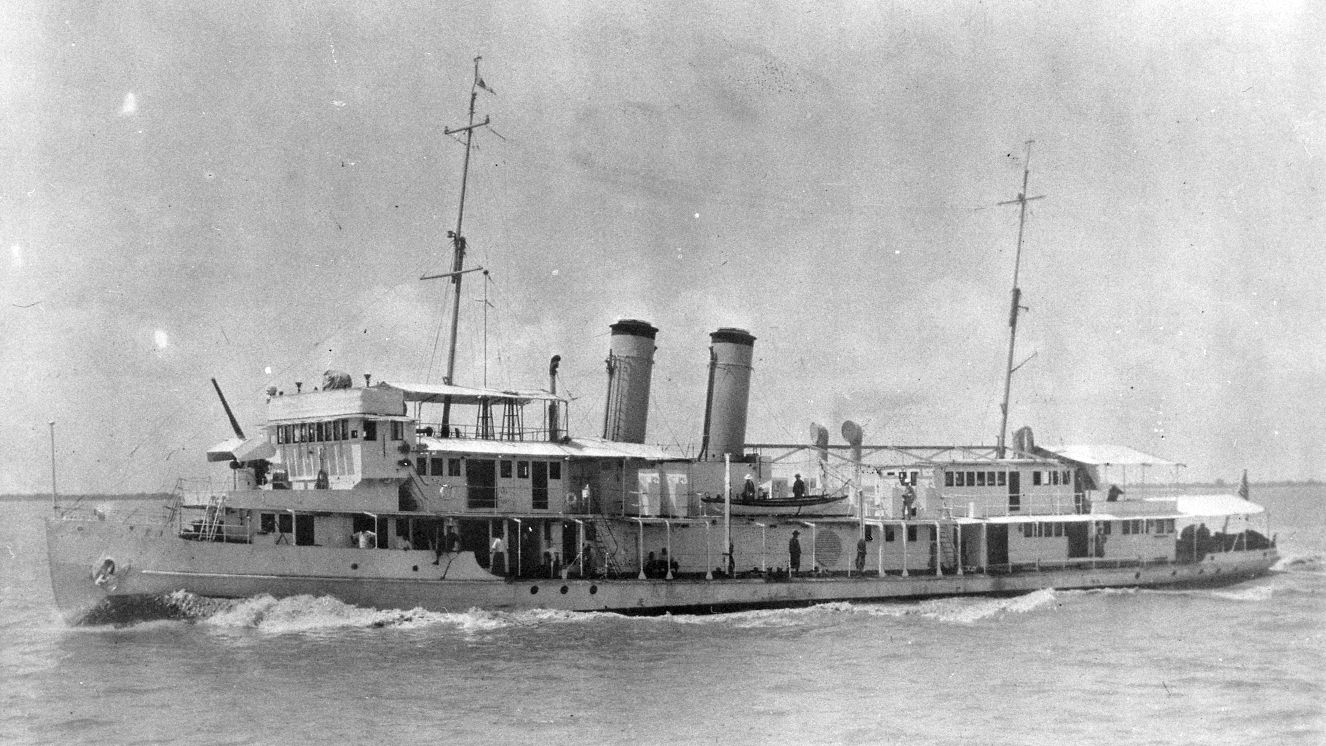WHAT'S THE MILITARY’S PLAN FOR THE B-1B BOMBER COMING OUT OF RETIREMENT?

Following a Lancer fire damage incident, Air Force maintenance teams plan to pull a decommissioned B-1B bomber out of retirement for replacement. The B-1B Lancer, “Lancelot,” is officially going back into active-duty service. This is to help the Air Force continue to meet the congressional mandate of having a Lancer fleet of a certain size.
What Is a B-1B Bomber?
The US Air Force B-1B bomber, also known as the B-1B Lancer, is a variable-sweep, supersonic, heavy bomber. This aircraft has been in service with the Air Force since the mid-1980s. As one of the Air Forces’ three strategic bombers, this aircraft has seen action in various conflicts. Additionally, it has been a key element of the U.S. military’s long-range strike capabilities. The B-1B bomber is capable of carrying the largest conventional payload of weapons in the Air Force's inventory. The blended wing/body configuration, variable-geometry wings, and turbofan afterburning engines combine to provide long range, maneuverability and high speed while enhancing survivability. With all these impressive features, some may wonder, “how much does a B-1B bomber cost?” Each of the bombers have an approximate $317 million value, and there are about 60 left in the fleet. They are at both the Dyess Air Force Base in Texas and the Ellsworth Air Force Base in South Dakota.
Why Is the Aircraft Being Replaced?
Pulling the B-1B bomber “Lancelot” out of retirement is a decision that saves the Air Force time and money. This is due to the extensive and expensive repairs that would have to take place on the Lancer that caught fire. In April of 2022 at Dyess Air Force Base, a Lancer caught on fire during routine maintenance. This caused nearly $317 million in damages to the aircraft. Ultimately, Air Force officials decided to recommission a retired Lancer instead of restoring the damaged plane. This is because the repair were expected to be cost-prohibitive. With “Lancelot” chosen as the lucky replacement aircraft, a team with members from the 309th AMARG, Dyess' 7th Bomb Wing and Tinker Air Force Base's 76th Expeditionary Depot Maintenance Flight and 569th Egress Flight has been working to put "Lancelot" back into service. Now, they are doing necessary upgrades to align Lancelot's capabilities with the rest of the fleet. This includes utilizing a blend of new and repurposed parts to ensure Lancelot's return to operational status. The team got the retired B-1B bomber “Lancelot” into a flyable state so it could make it to Tinker Air Force Base in Oklahoma, where it will undergo more repairs.
Everyone is Anticipating the Lancelot’s Comeback
Almost three years ago, “Lancelot” was retired to the 309th Aerospace Maintenance and Regeneration Group at Davis-Monthan Air Force Base in Tucson, Arizona. With the rebuilt aircraft “Lancelot” coming out of retirement, this marks the first revitalization of this model in decades. The B 1B Lancer bomber will help the Air Force maintain a strong long-range strike fleet, underlining the Air Forces’ adaptability and focus on mission readiness.
The Future of the B-1B Bomber
The B-1B bomber and the B-2 Spirit, will potentially be completely replaced sometime during the 2030s by the Air Forces’ new bomber. The B-21 Raider was the first new bomber in the American military's fleet in over 30 years. The Pentagon plans to acquire around 100 B-21s. This is more than the Air Force's current B-2 Spirit and B-1B bomber fleets combined. Each B-21 Raider has an estimated cost of almost $700 million. With the ability to deliver both conventional and nuclear munitions, the B-21 Raider is designed to operate in tomorrow’s high-end threat environment. It will play a critical role in ensuring America’s enduring airpower capability. Until then, the B-1B bomber and others, including “Lancelot,” will get the job done. Related reads:
BY BREASIA WILLIAMS
Breasia Williams is a Contributing Writer at VeteranLife.com.
Breasia Williams is a Contributing Writer at VeteranLife.com.



